Database is a warehouse that organizes, stores, and manages data according to data structure. It originated more than 60 years ago. With the development of information technology and markets, especially since the 1990s, data management It is no longer merely storing and managing data, but it is turning into the various data management methods that users need. There are many types of databases, ranging from the simplest forms that store various kinds of data to large-scale database systems that can store large amounts of data, which have been widely used in various aspects.
In an information-based society, the full and effective management and use of various types of information resources is a prerequisite for scientific research and decision-making management. Database technology is the core part of various information systems such as management information systems, office automation systems, and decision support systems, and is an important technical means for scientific research and decision management.
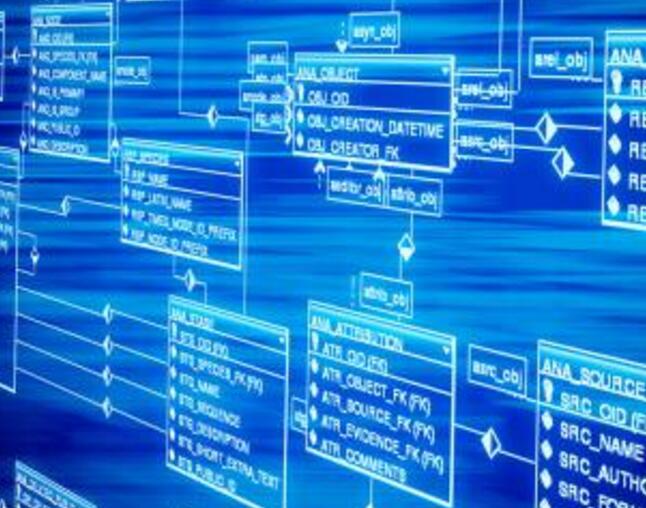
Database applications accounted for 70% of computer applications, such as computer programming, web design, data storage are used, it has a lot of products, such as: access, SQL server, MySQL, Oracle and so on.
First, to understand the purpose, what do you want to learn database? Whether it's computer programming, web design, or you want to use it to store company material information. If the former two, you must learn SQL language, and then choose to operate a database product such as access to proficiency. But if the latter you need is a comprehensive database knowledge, SQL language is all database products are common, or must learn, then you can not learn some simple things, to learn more full-featured, such as Medium-sized database SQL server, ultra-large-scale database Oracle, etc. This depends entirely on your needs, but if you are trying to design a large e-commerce site, then learning access is not enough.
Second, in order to fully study database knowledge, it should be divided into two parts. First, the basic knowledge of popular relational databases must be known, such as the ER model, attributes, records, concepts of linkage, SQL language, etc. After learning, you also need to grasp the characteristics of each database, such as the SQL server, where is the characteristics of Oracle - that is, the general part + special part.
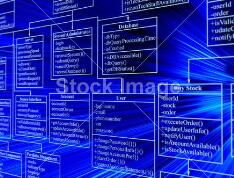
First, entry books recommended
1, "MySQL must know"
This book English original name is very title party "Teach Yourself SQL in 10 Minutes", but it is the best database entry book, long list in database sales on Amazon, it is recommended to want to quickly understand the database theory and MySQL novice reading . Fast food nature, simple and neat, small format, and very thin, relatively easy to read. A front-end engineer said that his database read only this book, enough to meet most of the development tasks.
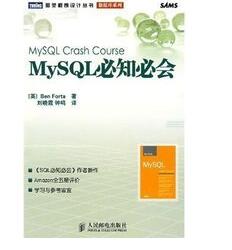
2, "SQL learning guide (2nd revision)"
If you only want to learn how to write SQL, you can read this book. O'Reilly animal book series, quality is still very guaranteed.
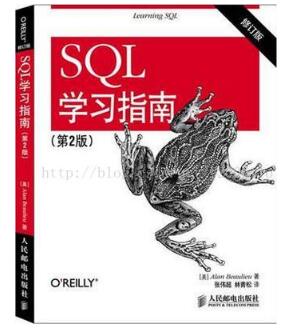
Second, advanced books recommended
1, "MySQL technology insider - InnoDB storage engine"
The book currently has three editions. Deeply analyzed the architecture, implementation principle and working mechanism of InnoDB from the perspective of source code, and gave a lot of best practices to help you master InnoDB system deeply. Paying attention to actual combat, the book is supplemented by a large number of cases and is extremely operable.
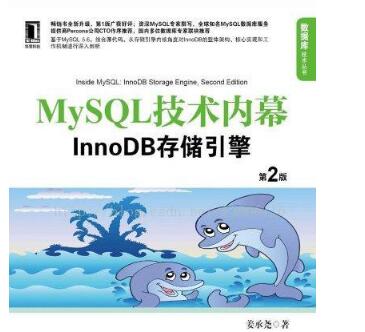
2, "Redis design and implementation"
Redis is currently the most widely used NoSQL database. This book systematically and comprehensively describes the internal operating mechanism of Redis. The illustration is rich, the description is clear, and a lot of reference information is given. It is a must-have for NoSQL database developer.
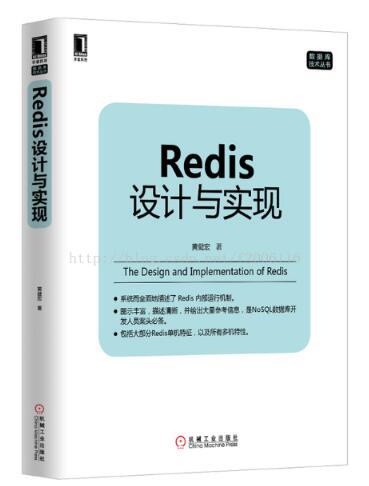
3, "ZooKeeper: Detailed Explanation of Distributed Process Collaborative Technology"
ZooKeeper is an open source implementation of Google's Chubby project. It used to be a subproject of Hadoop and is widely used in the field of big data. ZooKeeper is based on the Fast Paxos algorithm and at the same time optimizes the Fast Paxos algorithm in order to solve livelock problems. Therefore, ZooKeeper can also be widely used in distributed systems other than big data to provide reliable cooperative processing functions for large distributed systems. . This book is the best reference book for actual development and maintenance.
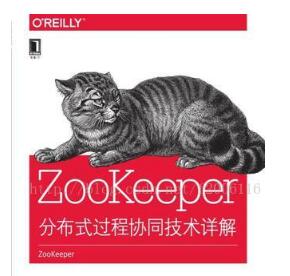
Third, strengthen the books recommended
1, "High Availability MySQL (2nd Edition)"
It mainly explains how to use MySQL's replication, clustering, and monitoring features in a real environment to reveal all aspects of MySQL reliability and high availability. This book is aimed at solving the common application bottleneck of MySQL database. Under the premise of maintaining the continuous availability of MySQL, it explores various potential performance-enhancing solutions.
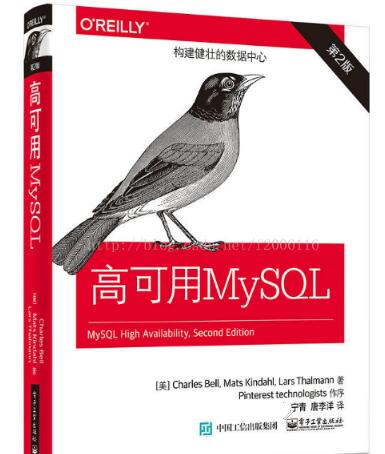
2. "High Performance MySQL (3rd Edition)"
The author's recommended tools, actual cases, and experienced diagnostic techniques can greatly improve performance first aid skills and deepen the understanding of the nature of MySQL. And this book takes into account the objective aspects of the database structure, and also adds MySQL high availability and cloud features.
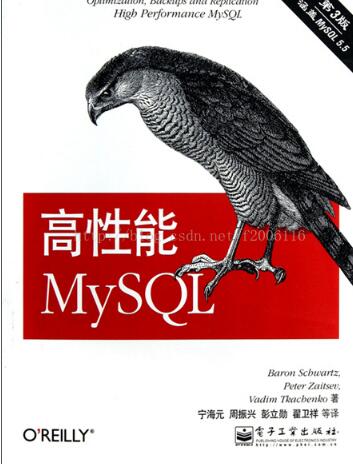
3, "Oracle efficient design"
This is a book that programmers generally reflect large gains. Author Thomas Kyte, one of the world's most authoritative experts in Oracle's field of expertise. He is vice chairman of Oracle's core technology group, and is a member of Oracle Magazine and its online forum. Ask Tom columnist.
This book provides a comprehensive and in-depth explanation of Oracle and database knowledge and is a high-level manual on Oracle. This book is informative, examples are rich, language is smooth and easy to understand, suitable as a reference manual for Oracle developers.
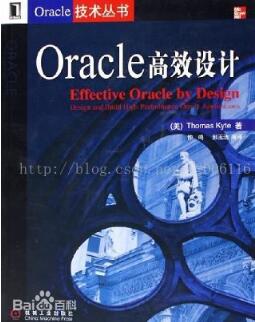
4, "Oracle programming art: deep understanding of the database architecture (3rd edition)"
For books that want to learn SQL, PL/SQL, this is a must-read thing. In addition, the book reads the entire Oracle architecture in detail from the perspective of development. It is an absolute masterpiece.
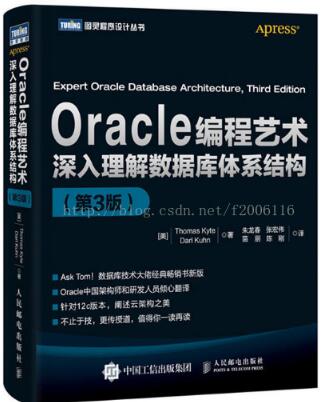
No-encapsulated Sensor
No-encapsulated type NTC temperature sensor with the properties of sensitiveness, fast response, high temperature resistance, good appearance and protection has been used into oven, air conditioner, induction cooker, refrigerator and so on. Temperature range is from -30°C to 250°C.
No-Encapsulated Sensor,Oven Temperature Sensor,Air-Conditioner Sensor,Refrigerator Sensor
Feyvan Electronics Technology Co., Ltd. , https://www.fv-cable-assembly.com